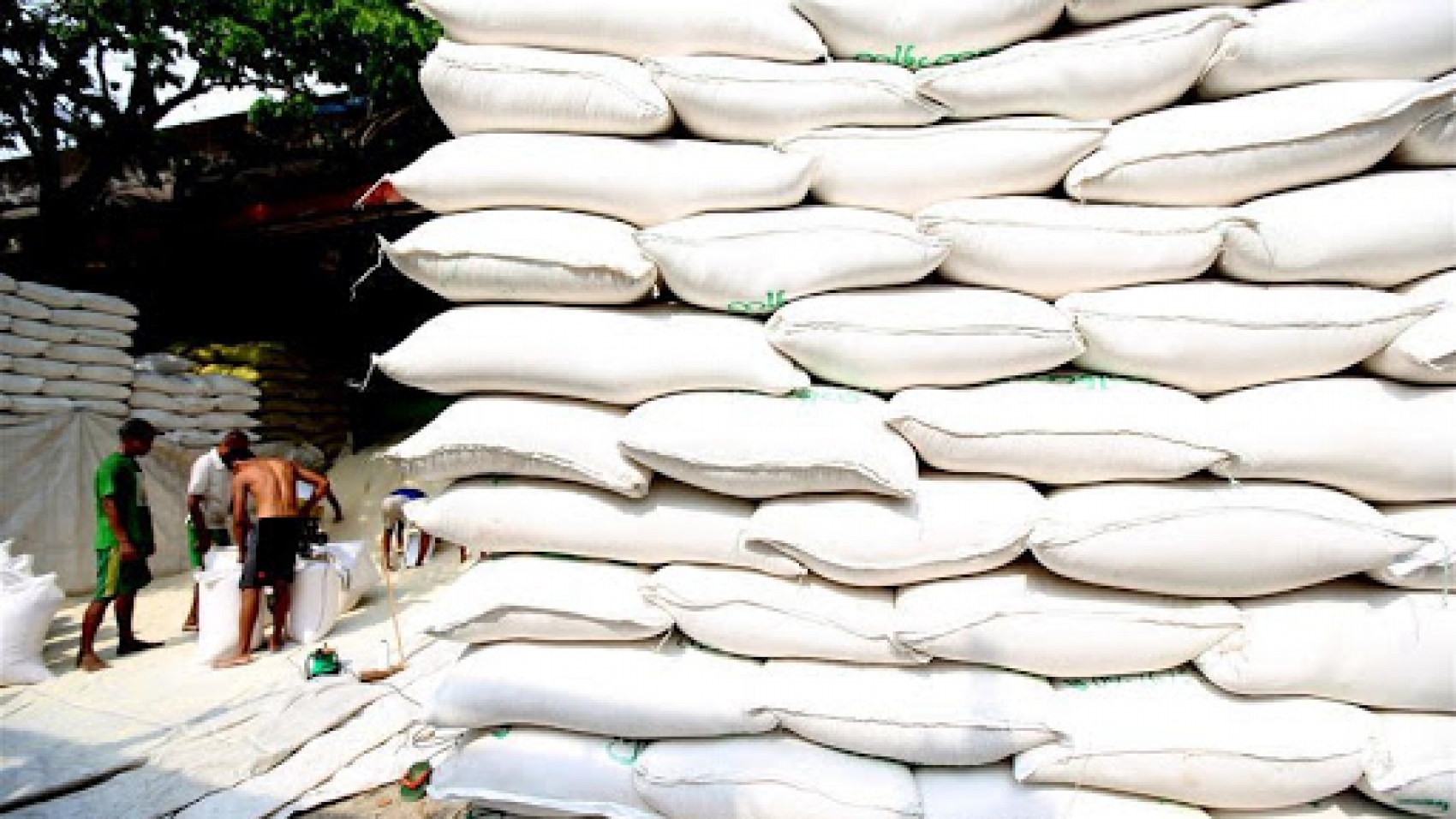There are seven areas that will be used to grow the digital economy, including four fundamentals, including digital infrastructure and cyber security. U Mya Moe Aung, Founder and Managing Director of Kinetic Myanmar Technology CO., Ltd said. “The Digital Economy Development Committee has identified seven areas for digital economy development. There are four basic principles. The first is to build digital infrastructure. The second is to enact encouraging policies and laws. The third is to improve cyber security. The fourth is to develop human resources and master digital technologies.”
It is believed that if these four foundations are strong, the capacity for innovation will increase. Then there are digital governance systems. Digital trading systems have improved, and manufacturing, With the advent of the Digital Transformation process, businesses will be able to build a digital society and a digital economy. Human resource development is very important in these seven areas. To leapfrog and develop our country; To Leap Frog To be able to leap into Quantum, human resources need to not only make good use of the latest technologies, but also develop to the level of innovation.
Digital skills to develop human resources; It is also necessary to develop the latest technology skills. Many people are exposed to digital skills, To learn the latest technology, you need to go through the Online Learning Platform. It is believed that Myanmar’s human resources would become international in a few years if it took full advantage of the opportunity to learn internationally taught subjects on the online learning platform. The human resources of young people are being used for business. Effective use of the latest technologies in SMEs will help increase the efficiency of businesses. Moreover, the use of technology in SMEs will increase the country’s competitiveness and help the country’s economy.
Source: Daily Eleven

